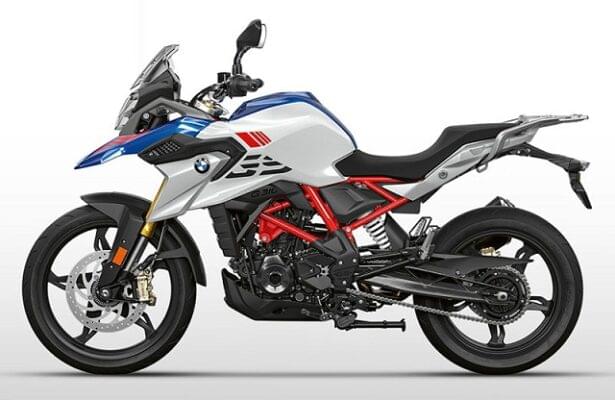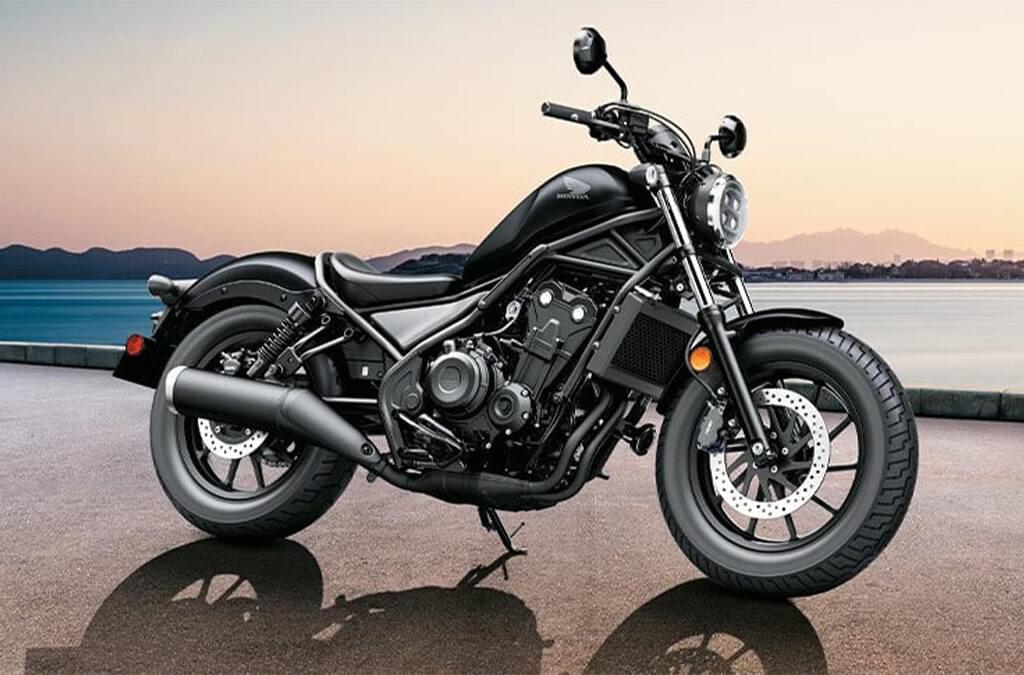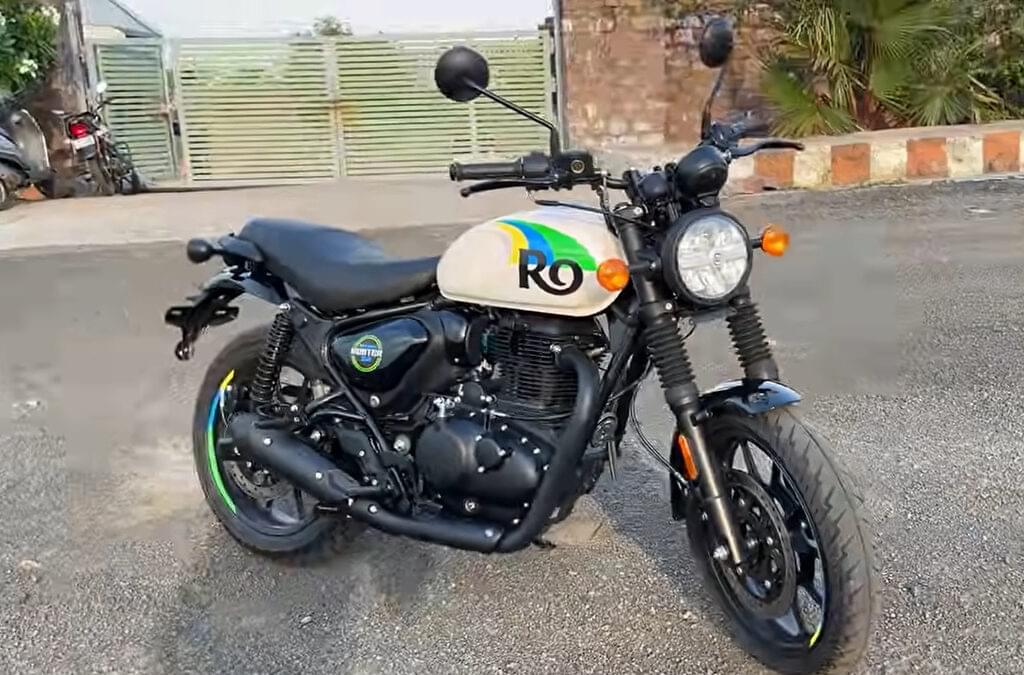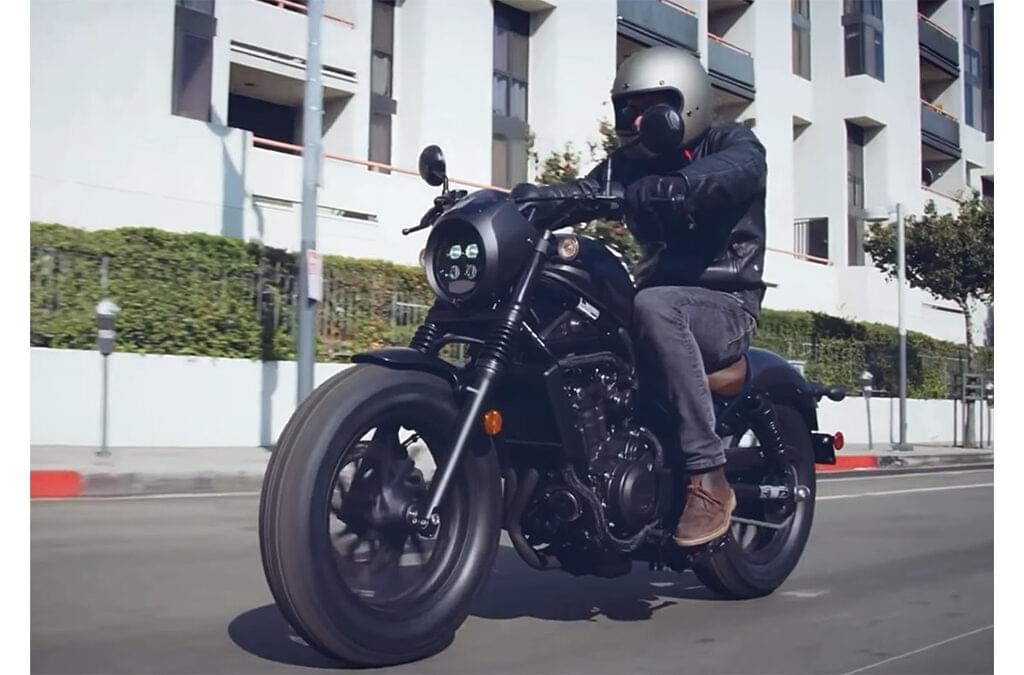Best Electric Motocross Bikes:
Electric motocross bikes are gaining popularity in the USA, combining thrilling off-road performance with clean, quiet powertrains. These e-motocross machines pack instant torque, simplified controls (no clutch or gears), and competitive specs rivaling gas bikes. In 2026, riders can choose from trail-ready models like Zero’s new XE or the high-powered Stark VARG MX 1.2, plus established designs from KTM and SurRon. We break down the latest models, specs, costs, and unique insights – all with a USA focus.
Electric MX bikes mean no fuel, no shifting, and much less maintenance, yet still deliver the jumps and cornering any rider expects. For example, Zero’s new XE (2025 model) costs $6,495 and offers 20.1 hp with a massive 468 lb-ft of torque. Its 4.3 kWh battery delivers about 65 miles of range at 31 mph and a 53 mph top speed. Stark Future’s new VARG MX 1.2 is a different beast – an 80 hp powerhouse with 973 Nm (718 lb-ft) of torque from a 7.2 kWh pack, yet it weighs only 118 kg (about 260 lbs). The VARG even lets riders dial power from 10–80 hp on the fly, all via a smartphone-like handlebar display.
New electronic features and battery tech have made the latest models more race-ready and range-hungry. Stark’s VARG 1.2 adds a 7.2 kWh battery (20% larger than before) for up to 100+ mile rides. Zero’s XE uses a swappable 4.3 kWh pack that charges from 0–95% in 5.0 hours on a 110V outlet. KTM’s well-known Freeride E-XC (2025) remains in the mix with 25.7 hp (19.2 kW) and a 5.5 kWh battery, about 59 mph top speed, and 1.5–2 hours of trail riding on a charge. SurRon’s Ultra Bee is a mid-weight trail machine: 12.5 kW (17 hp) motor with 440 Nm (325 lb-ft), 56 mph top speed, and up to 87 miles range, all in a 187 lb bike
Top Electric Motocross Models (2026):
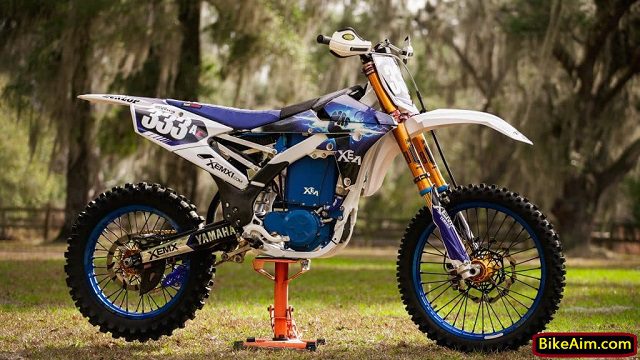
Stark VARG MX 1.2
The 80 HP Race Bike. Stark’s Spanish-made VARG is the current pinnacle of e-motocross. The latest MX 1.2 version delivers up to 80 hp (peak) with a massive 973 Nm rear-wheel torque. It uses a 7.2 kWh lithium battery for long range and even structural rigidity. Riders can adjust power from 10 to 80 hp on the fly via the high-tech Arkenstone display, and new features include built-in GPS lap-timing. Stark reports the base VARG (60 hp version) starts around $12,490 USD, while the 80 hp “Alpha” edition is about $13,490 (plus any U.S. tariffs). Even at that price, it offers race-grade components: carbon fiber motor housing, long-travel suspension, and a forged aluminum frame. Insight: As a top-tier machine, the VARG is aimed at pro riders. Its instant torque and heft allow unreal launches, but even casual riders appreciate the smooth, configurable throttle.
Zero Motorcycles XE
Lightweight Trail Blaster. Zero’s new XE (2025–2026) is a mid-weight e-moto designed for trail and motocross. At 223 lbs curb weight, it’s light for an electric bike. The XE’s 15.5 kW (20.1 hp) permanent-magnet motor puts out 468 lb-ft of torque, giving strong hill-climbing and mid-corner punch. The 4.3 kWh swappable battery nets about 65 miles of range (at 31 mph) and charges in 5.5 hours on a standard outlet. Top speed is 53 mph, and the fully adjustable suspension (8.5″ front, 9.8″ rear) handles off-road bumps with ease. Zero’s XE is very user-friendly: no clutch, no gears – just twist-and-go. It offers three ride modes and traction control for confidence across skill levels. Priced at $6,495 MSRP, the XE undercuts many gas 250cc bikes on price while delivering quiet, instant power.
KTM Freeride E-XC
Proven Versatility. KTM’s Freeride E-XC is an older but still highly capable e-motocross bike. It sports 19.2 kW (25.7 hp) and 37.6 Nm (27.7 lb-ft) from its electric motor, driving to a 5.5 kWh battery for roughly 1.5–2 hours of mixed trail use. Its top speed is about 59 mph. At about 234 lbs, it’s heavier than Zero’s XE, but it features high-end WP suspension and Brembo brakes just like KTM’s gas bikes. The Freeride E-XC shines in technical woods trails and high-enduro riding. Newer KTM models have tighter batteries and more power (like the 2025 Freeride E), but the E-XC remains an option in the USA (retail $11,800). Insight: The Freeride’s advantage is brand support and service network. While it’s less torquey than Stark or Zero, many riders trust KTM’s build quality and aftermarket parts for tough off-road use.
SurRon Ultra Bee
Mid-Size Trail Crusher. SurRon’s Ultra Bee targets riders who want a compromise between lightweight e-bikes and full MX machines. Its 74V/55Ah battery and 12.5 kW motor give 440 Nm torque. The Ultra Bee is quick – 0–50 km/h in 2.3 s – and can hit ~56 mph top speed. Unusually, it offers up to ~87 miles range (at 25 mph) thanks to its efficient motor and modes. All this on a 187 lb chassis (85 kg). It includes race-level suspension (240 mm travel front/rear) and traction control (SRTC system). In the US, its price is around $5,200–$6,000, making it one of the more affordable high-performance e-motos. Insight: The Ultra Bee has a motocross-style frame and geometry, so it feels more like a trail 125 than a full 250. Riders who want long range and high speed for trail runs (rather than racing) often love it.
Others & Future Entrants
A few other electric MX-style bikes merit mention. Beta’s new e-moto (2025 Stealth) packs 35 kW peak in a 230 lb package, but it’s limited in US availability. Yamaha has developed the YZ-EMX prototype (100 hp!), but it’s not in production yet. Smaller brands like CSC, MotoTec, and E-Ride offer electric dirt bikes under $3,000 for beginners or youth, but they lack top-end power. Finally, Alta Motors was an early U.S. pioneer with its Redshift MX, but it ceased production in 2019. (Rumors of a return exist, but no current models are on the market.)
Power & Performance Comparison:
| Model | Peak Power | Torque (rear) | Battery | Range (est.) | Weight | Price (USD) |
|---|---|---|---|---|---|---|
| Stark VARG 1.2 | 80 hp (60/80 hp modes) | 973 Nm (718 ft·lb) | 7.2 kWh | 60–100+ miles | 118 kg (260 lb) | $12,490-$13,490 |
| Zero XE | 20.1 hp (15.5 kW) | 635 Nm (468 ft·lb) | 4.3 kWh | 65 miles | 101 kg (223 lb) | $6,495 |
| KTM E-XC | 25.7 hp (19.2 kW) | 37.6 Nm (28 ft·lb) | 5.5 kWh | 1.5–2 hr (trailed) | 106 kg (234 lb) | $11,800 |
| SurRon Ultra Bee | 17 hp (12.5 kW) | 440 Nm (325 ft·lb) | 4.07 kWh (74V×55Ah) | 87 miles (max) | 85 kg (187 lb) | $5,200-$6,000 |
Each of these bikes targets a different rider: Stark VARG for pro racers, Zero XE for enthusiasts and trail riders, KTM E-XC for brand-loyal riders, and SurRon Ultra Bee for big-range trail use. Notably, electric bikes trade traditional horsepower for more informative metrics (kW and torque), but in each case, the instant torque means explosive acceleration off the line or out of a corner. Battery capacity drives range – a key consideration for long rides – while weight (often heavier than gas 250s) affects handling.
Costs and Financing:
Electric motocross bikes are generally not cheap, reflecting their advanced tech. Expect entry-level e-motos for beginners or kids around $3,000–$7,000, mid-range models $7,000–$12,000, and top-of-the-line race machines above $12,000. For example, Zero’s trail-focused XE is $6,495, while the Stark VARG MX 1.2 sits around $12,500–$13,500 (for 60hp/80hp). SurRon’s Ultra Bee is around $6,000. In general, electric motocross bikes cost roughly in line with 250–450cc gas bikes, though a truly competitive e-moto (80hp, high-end suspension) can run into the mid-$20k with options.
Most dealers offer financing. As an example, a 36‑month plan at 0% APR would break down roughly to:
-
Zero XE ($6,495): about $181/month.
-
Stark VARG 1.2 ($12,490): about $347/month (standard) to $375 (with 80hp Alpha upgrade).
-
SurRon Ultra Bee ($5,200): about $145/month.
(These are illustrative; actual EMI depends on interest rates and down payment.) No federal tax credits exist for off-road vehicles in the US, though some local incentives or financing deals may help.
Why Choose an Electric MX Bike?
-
Instant Torque: Every electric bike surveyed here delivers huge immediate acceleration. Riders report “rocketing up hills” and whipping out of corners with ease. This makes beginners feel powerful, and experts appreciate the sprinting capability.
-
Low Maintenance: Electric MX bikes have far fewer moving parts. No clutch or gearbox means no clutch maintenance or shifting skills. Simple chain adjustment and brake service are about it. Many riders love the “no-bloating feeling” – no oil changes or spark plugs, and no fumes.
-
Quiet, Fun Trails: With electric power, you hear the tires and wind instead of an engine. This attracts new riders and is friendlier to neighbors. Several state parks and AMA events now allow electric bikes because they reduce noise and emissions.
-
Rider-Friendly: Modern e-MX bikes have modes and traction control, making them easy to learn. Zero’s XE, for instance, has Rain/Sport/Eco modes to tailor power. Field-testing by Zero showed even novices gaining confidence quickly.
However, consider the tradeoffs: heavier battery packs mean these bikes can be 20–50% heavier than similar 250cc gas bikes, which affects jumping and carrying. Charging takes hours (e.g., 4–5.5 hours), so long rides require planning (or a spare battery). And prices at the top end ($10k–$15k+) are higher than most entry-level 250cc bikes. As one guide notes, an electric motocross bike’s price “reflects sophisticated engineering and high-quality components”. Still, for many riders, the instant power and low upkeep outweigh these cons.

Expert Tips & Insights:
-
Test Ride First: Electric MX bikes feel different. If possible, demo a Zero XE or SurRon Ultra Bee at a local shop or race demo. The lack of engine noise and vibration can make speed feel surreal at first. Feedback from riders says that an e-moto’s center of gravity (due to batteries being low and forward) can even improve handling, once you adapt.
-
Adjust Power Modes: Use ride modes to manage power delivery. Start in Eco or Sport until you get comfortable, then unleash full power. On the Stark VARG, even downsizing from 80 hp to 60 hp for practice can save battery life for the last motos.
-
Plan Charging: Many parks have no outlets, so charge fully at home or bring a charger. Some riders mount chargers on the bike (SurRon has a seat-charger slot) to top off quickly between sessions.
-
Maintenance is Easy: Keep the chain clean and brakes tuned. Check battery health (many bikes have apps or displays for cell status). Because these bikes regen brake energy, you may hardly use your brake pads if you ride gently (though full motocross bikes tend to use regen sparingly to avoid trail braking).
-
Keep It Cool: Like all performance e-vehicles, electric motocross bikes have thermal limits. In very hot or very aggressive riding, allow breaks so the battery and motor can cool. Some teams run ICE cooling additives or fans for race days, but for recreational use, it’s enough to moderate pace if overheating lights come on.
Conclusion:
Electric motocross bikes have arrived in force in 2026, offering USA riders thrilling new options for trail and track. From Zero’s agile $6,500 XE to Stark’s 80hp race machine, there’s a model to fit every rider’s needs and budget. We encourage you to try one out – many dealers now stock demo models. If you’ve already ridden an e-moto, share your experience below! For more gear reviews and off-road tech, check out our related articles on new dirt bikes and EV powersports. Ready to go electric? Strap on a helmet, twist the throttle, and join the silent revolution.
- Subscribe to get more in-depth articles about motorcycle reviews, maintenance tips, and tour itineraries.
- Explore Related Content: Check out our detailed Tesla Motorcycles 2026: Price, Specs, Release Date & Everything You Need to Know. Post for performance-oriented options.
- Join Our Community: Follow us on Facebook, Telegram, Instagram, and WhatsApp for real-time updates and rider meetups.
